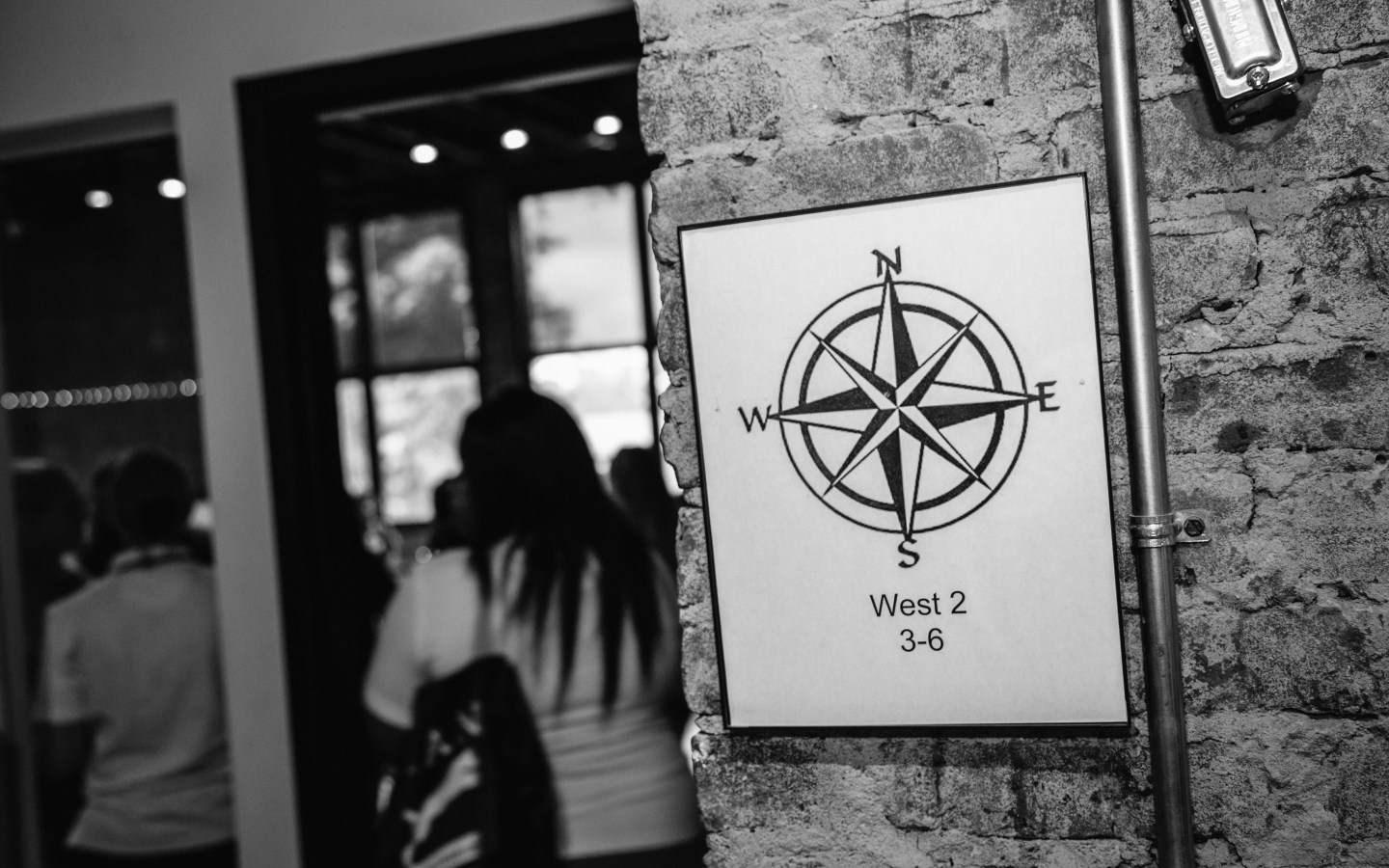
As parents, grandparents, students, teachers, and community leaders ready ourselves for another school year for our children, we should ask of our test and standards-driven schools around the country, “Is that all there is?” We all have the responsibility of assuring today’s children that we are providing them with the very best conditions for the ultimate outcome.
Yes, children should learn and even master reading, writing, and thinking mathematically. They should also have a good sense of US and world history, geography, and science. Hopefully, there is time for art, music, technology, and physical education. The day should be balanced out with sufficient time for lunch and recess too.
The three R’s are “must-haves” but it is everyday experiences that grow our children’s sense of place, identity, and talent. Will they be outgoing, gregarious, curious, generous, intuitive, studious, ingenious, and worldly or the opposite? Will school, where children spend the majority of their waking hours, bolster or squelch the greatest possibilities in each child?
The best in children arises from a school environment that creates and fosters hope, acceptance, compassion, love, curiosity, strength, connectivity, empathy, unity, and intelligence. In these environments, children create defining images of themselves individually and in community with others. You might ask, “How does a school provide the optimal experience for each child?”
It begins with thoughtfully designed and appointed spaces, not just because it looks good, but because it says to a child, “You are important.” “You deserve beautiful spaces.” Children will feel nurtured when beauty and care is expressed through the design and decor of classrooms, play yards, the school building, and common areas. Turn on the TV or search for a podcast or webinar, and you will find a home decor show every day of the week, without fail. We think about and strive to achieve warmth and aesthetically pleasing spaces at home because it expresses us and wraps us in comfort. It brings out our best selves. This is true in schools as well.
Creating the optimal school environment requires unconstrained time for thinking, doing, and exploring all ideas, even those that seem outlandish. When this happens in a classroom or a whole school, it tells children, “What you think matters.” “Your curiosity piques my interest.” “Your contribution is significant and beneficial to our learning community.” Creating this condition leads to the expansion of ideas, the avoidance of judgment, and broader thinking for all. It results in a try, try, and try again growth-mindset.
Letting children rule their environment, with adults providing facilitation rather than management, is also imperative. Yes, rules of safety must be handed down to children. However, the everyday code of conduct and expectations in a classroom or school can be designed and reinforced by the children. This opportunity should not be limited to a few students who serve in student government but rather to the whole community of children, so all parties have a voice for the benefit of all. Every young person is empowered and involved and called to solve scuffles and disagreements. When children are “solutionaries” they become emotionally aware of themselves and others and grow to be good problem-solvers, friends, mentors, collaborators, and leaders.
Schools should provide experiences such as tinkering, exploring the outdoors, solving community problems, working unconstrained by time, developing passions and talents, and building relationships with people and ideas. This can all be done through thoughtfully crafted schedules, curriculum, and lesson plans. This can be accomplished with an eye toward cross-curricula design and differentiation in instruction, in lively classrooms. When this approach is offered in sincerity and with the thought that, “anything is possible,” the possibilities are endless, and the learning is lifelong.
Educators, through their words and actions, must create an environment that exudes love, respect, engagement, and acceptance. This exists when children are recognized beyond their names and viewed as whole and ever-changing beings. Often children are assigned preconceived identities that place them in categories or groups based on mannerisms, habits, accents, appearances, prior academic performance, et al. Teachers and administrators contribute to each child’s sense of identity, which they carry into adulthood. When children are valued, heard, and honored by educators they make their way in the world with confidence, joy, and love for their surroundings and people. They become empowered to manage their own future and our shared future.
School is an essential part of each child’s life; it is, in a sense, an organism, a system, a being. How it contributes to each of its parts, particularly children, is important to all of us. We must be proactive in asking schools to love, nurture, and educate every child fully and with great thought and care. We must identify and choose schools that are best for our children now.
Karen M. Giuffre’, M.Ed. Founding Director of Voyagers’ Community School, now in its 15th year, is staunchly dedicated to constructing joyful learning spaces for children from Infancy through Grade 12. She finds kindred spirit in other passionate educators who are dedicated and work every day to ignite children’s curiosity, intellect, and self-worth.